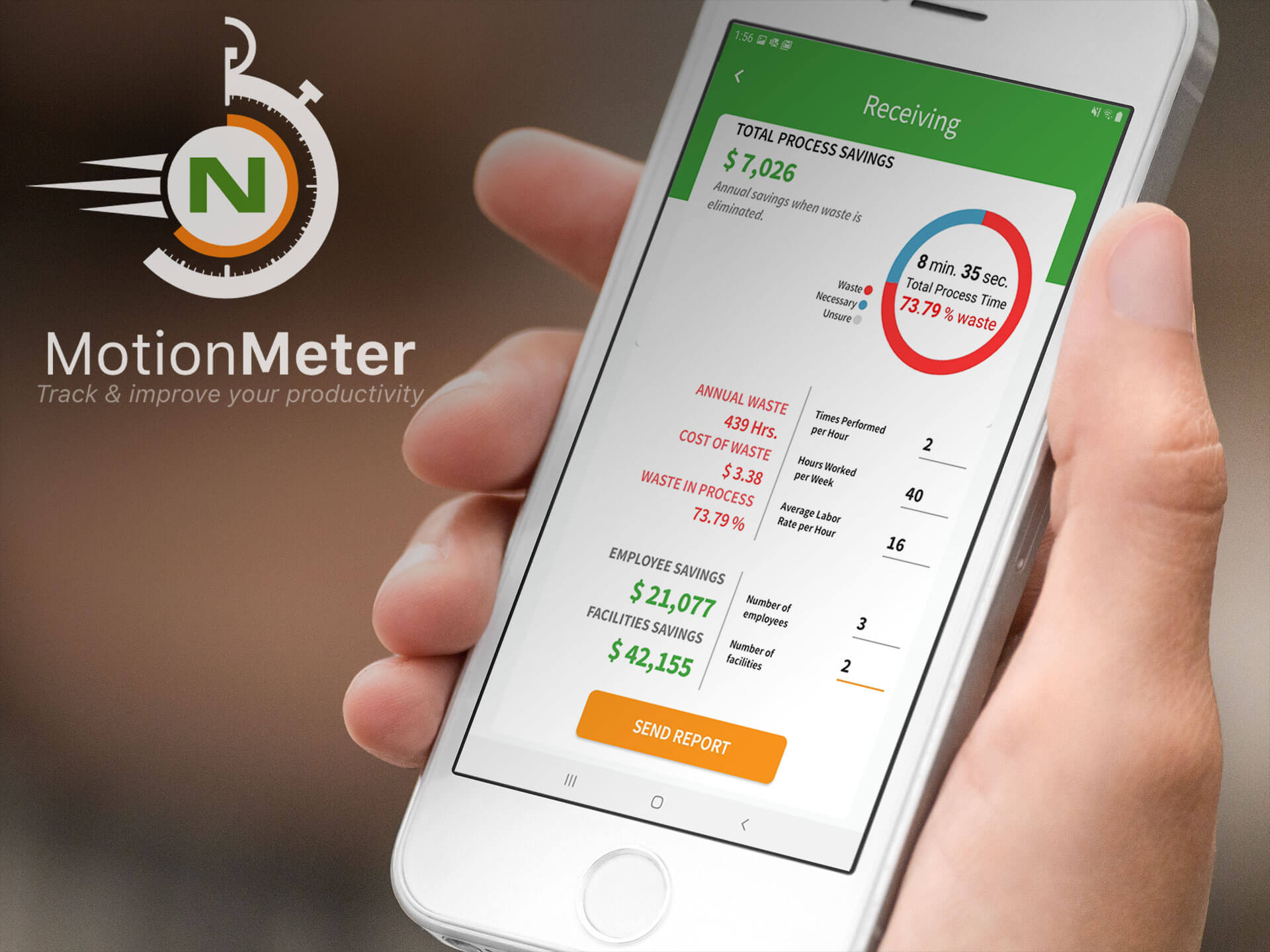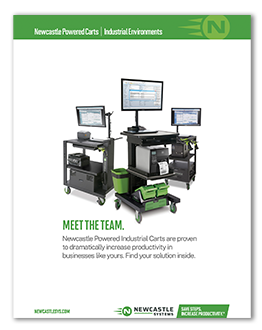
The Returns process is one of the most potentially important elements of any DC’s sustainability planning and calculations. Why? First of all, it’s important to recognize that no direct-shipping business can grow, or even survive, in a market where there is not an open-ended return policy. Customers have now been conditioned to “shop” online, not just buy. Not sure what size or color you need? Order all four, then return the ones you don’t want. That is how easy it is to “shop” online now. And while some other lesser-known Brands pioneered that model LONG before the internet existed, Amazon made it the DE FACTO standard and now it is a bare minimum requirement just to be credible.
The Sustainability Problem Facing Reverse Logistics
The inherent problem with an open-ended Return policy, however, is that it massively increases the number of trips made per shipment, staff hours to process them and negative environmental impacts up and down the supply chain (in disposal of packaging, repackaging, road congestion, greenhouse gases from transportation, etc.)
Before the era of easy returns, there was a simplicity to what took place in the DC – New products, going into new boxes, getting new labels and then going out the door to a customer, (almost) never to be seen again. Now? It’s a much more complicated – and messy – part of the operation. Products that went out in a fixed variety of nice, clean uniform boxes and bags now come back in hundreds of different shapes, materials, colors of duct tape and more…
Why Sustainability is Essential
There are two principal reasons why sustainability is more important than ever for Reverse Logistics:
1. Customer Preference
 A 2021 Nielsen IQ global research report showed 67% of global consumers say that environmental health and how their choices impact the planet is important to them. Willingness to pay a premium for products that demonstrate sustainability garnered an even higher 72% support from the same global audience. Finally, the same study showed rapid growth over the previous two years their desire for sustainable packaging (+16.1%).
A 2021 Nielsen IQ global research report showed 67% of global consumers say that environmental health and how their choices impact the planet is important to them. Willingness to pay a premium for products that demonstrate sustainability garnered an even higher 72% support from the same global audience. Finally, the same study showed rapid growth over the previous two years their desire for sustainable packaging (+16.1%).
Customers are well aware that their change in shopping habits keeps resulting in overflowing garbage cans getting dragged to the street on Saturday morning. They love the convenience of ecommerce, but bringing the same number of items home from a trip to Walmart or a Target store used to mean a much smaller amount of waste for them, and many are unhappy about the change.
2. The Cost Factor
As noted in the introduction, Returns Policy vs. Reverse Logistics operations are a balancing act – too restrictive on Returns, and it may hurt revenues. But not approaching the Reverse Logistics aspect as seriously as you do other processes will eat into profits.
What are the elements of your Returns operation where sustainable practices are critical to controlling costs?
- Returns Assessment – depending on your industry, a skilled team of specialists can greatly improve both the ability to move returns back into picking shelves for resale, identifying if something has actually been used or not, and validating reported defects in order to log chargebacks to the manufacturer.
- Packing/Shipping – not the most intuitive place to look for savings in Reverse Logistics, but the packaging you choose to ship outbound items can play a major factor in cost reductions by being re-usable for returns as well. Having returns arrive in your own packaging also ensures a less effort disposing of other less-sustainable materials customers may have chosen to send their returns in.
- Returns Shipping – here as well, there is a “convenience vs. sustainability” balance to look for. What’s most convenient for the customer – drop off anywhere, pick up at home, etc. – may also create the most waste in solo trips, extra miles driven, etc. Clothing alone, for example, creates enough emissions for its returns EACH YEAR to generate the same amount of carbon as 3 million cars!
There are specific sustainability elements of EVERY step of the Reverse Logistics process that can be evaluated and redesigned to address cost – and convenience. While it is one of those processes that look and feel messy and may be behind the scenes out of sight from almost everyone, there is a growing importance for the role Reverse Logistics plays in regard to customer perception and Brand image.
The Environmental Impacts of Returns: Online vs. Offline
Do online purchases and returns generate higher CO2 emissions and generate more waste than offline/in-store? When we look across a number of metrics, there are not a lot of apples-to-apples comparisons yet, so the data is mixed.

 Research from all over the developed world and other countries with large eCommerce sales show a lot of mixed data regarding the comparison of various components of the value chain and its waste for online vs. offline sales. The comparison is challenging in part because the data on offline sales is harder to measure, especially for CO2 emissions for offline shopping and returns. However, the data appears to be very clear in regard to packaging waste, which is almost 5x higher for online shopping.
Research from all over the developed world and other countries with large eCommerce sales show a lot of mixed data regarding the comparison of various components of the value chain and its waste for online vs. offline sales. The comparison is challenging in part because the data on offline sales is harder to measure, especially for CO2 emissions for offline shopping and returns. However, the data appears to be very clear in regard to packaging waste, which is almost 5x higher for online shopping.
But in regard to CO2 emissions, there is some research indicating that offline shopping generates lower TOTAL emissions than online shopping as evidenced by this data from Italy.
But…How to Execute?
As the data shows, there is no clearly defined advantage in regard to sustainability between online and offline purchases and returns, when examined at a very high level without regard to industry, region, etc. And given the shifting data from new technologies, public preferences, trade policy, etc., it would be best to focus on looking at your own operation in relation to your industry and its best practices and then see where you can do better while navigating the fine line between customer preference/perception and your own bottom line.












